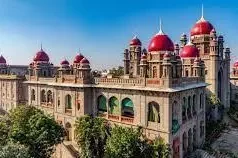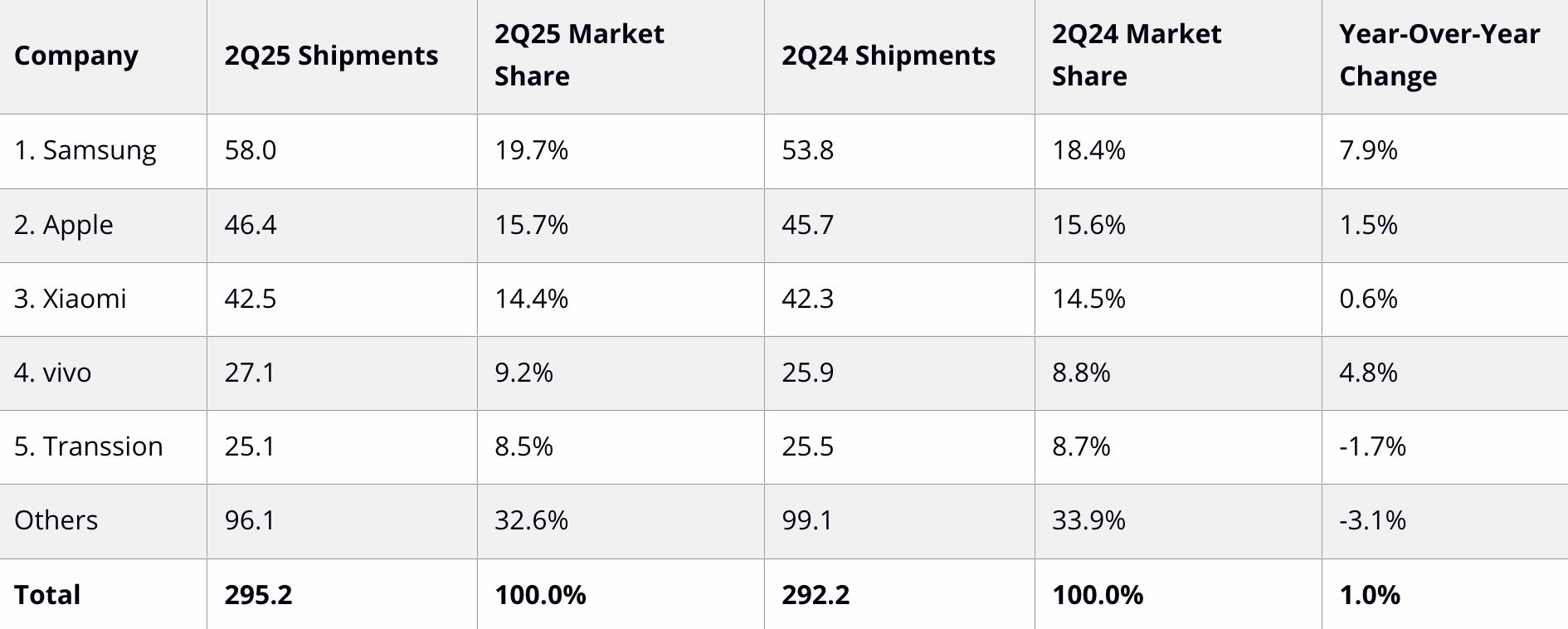The Andhra Pradesh Pollution Control Board (APPCB) and Department of Environmental Engineering, Andhra University, are currently conducting ‘Source Apportionment, Emission Inventory and Carrying Capacity’ studies to find possible corrective measures to reduce air pollution in Visakhapatnam city.
The study report is expected to be released by AU soon. Later, the stakeholders will sit together to work on measures to control air pollution.
Prior to the AU’s source apportionment studies, the Andhra Pradesh Pollution Control Board (APPCB) has already identified 18 hotspots within Greater Visakhapatnam Municipal Corporation (GVMC). They are Kapuluppada, Yendada Junction, Kommadi Junction, Asilmetta to Maddilapalem Junction, Dwarakanagar, Old Post Office, Ross Hills – Sea Horse Junction – Municipal Stadium, Suryabagh to Jagadamba Centre, NAD Kotha Road, Sheela Nagar/Vizag Airport, Kurmannapalem- Malkapuram, Gangavaram Port to Gajuwaka, Anakapalli, Pendurthi, Vepagunta and Simhachalam Junction.
The apportionment study will include city-specific air quality monitoring, monitoring of sulphur dioxide, nitrogen oxides, carbon monoxide, PM10, PM2.5, benzene, toluene and xylenes.
Monitoring of pollutants during two critical seasons (summer and winter); seasonal variations in climatology; monitoring of air quality in at least four locations such as kerbside, residential, industrial and background; inspection of certain vehicles; and monitoring of maintenance practices of vehicles are part of the studies.
The Central government, under the 15th Finance Commission, had identified 42 cities or urban agglomerations in the country, including Visakhapatnam and Vijayawada in Andhra Pradesh, on the basis of air quality and population exposure.
Speaking to The Hindu, APPCB Environmental Engineer P.V. Mukunda Rao said the PCB is waiting for the AU study report to go further on the steps for controlling the Visakhapatnam’s air pollution under the National Clean Air Programme (NCAP). This apart, the PCB has suggested some measures such as creation of green cover at the hotspots; development of end-to-end roads; traffic circle islands instead of signals; repair of roads at traffic junctions; regular cleaning of roads; launching of wide drives against open burning; and sprinkling of water.
When contacted, S. Balaprasad, a professor at the Department of Environmental Engineering at AU, said the final output of the Source Apportionment study for Visakhapatnam, which began a year ago, is expected to be released by the end of Financial Year 2024-25 (March).
Published – December 16, 2024 09:21 pm IST








